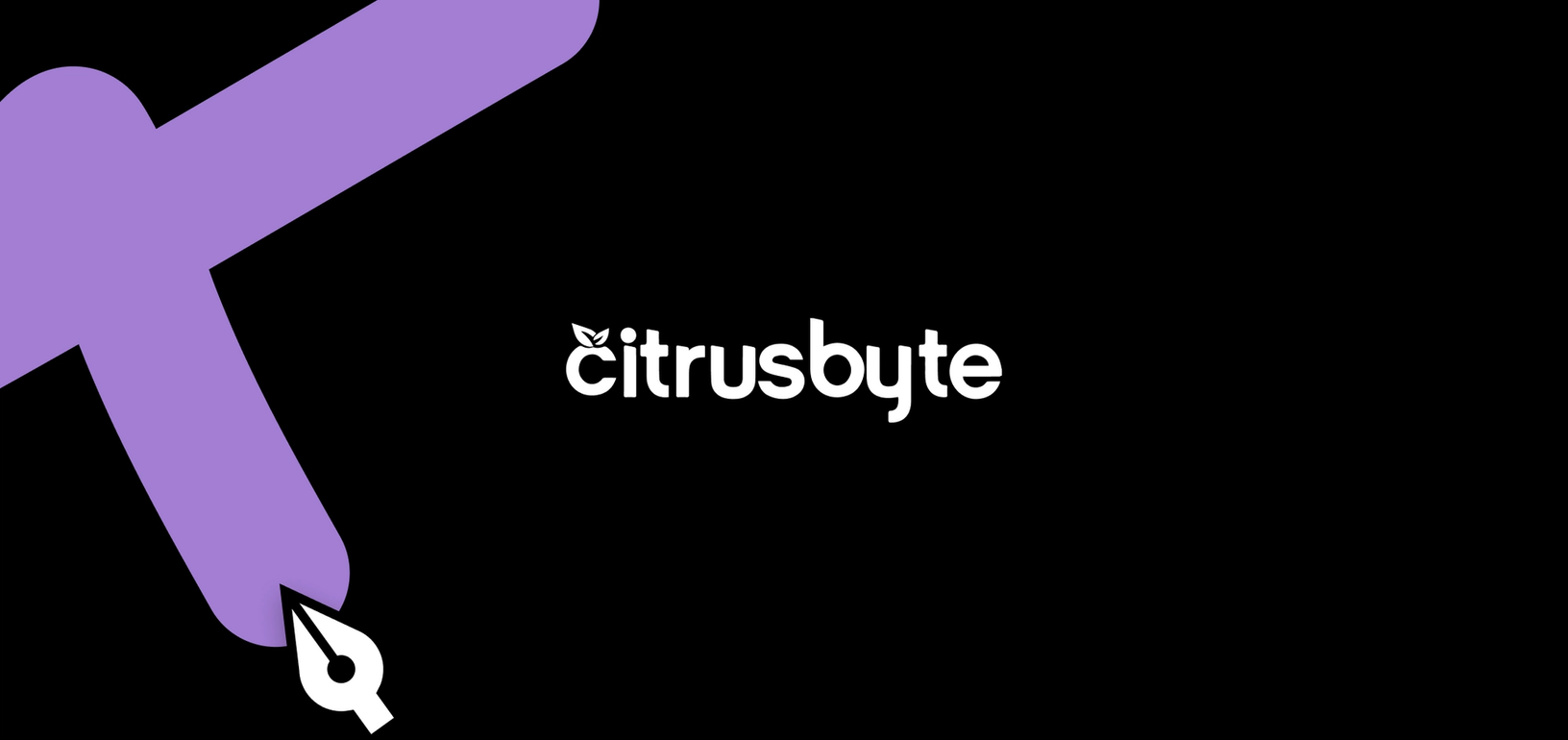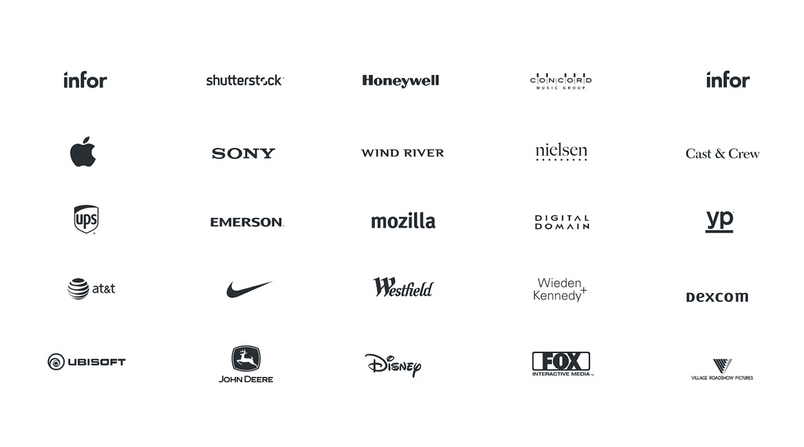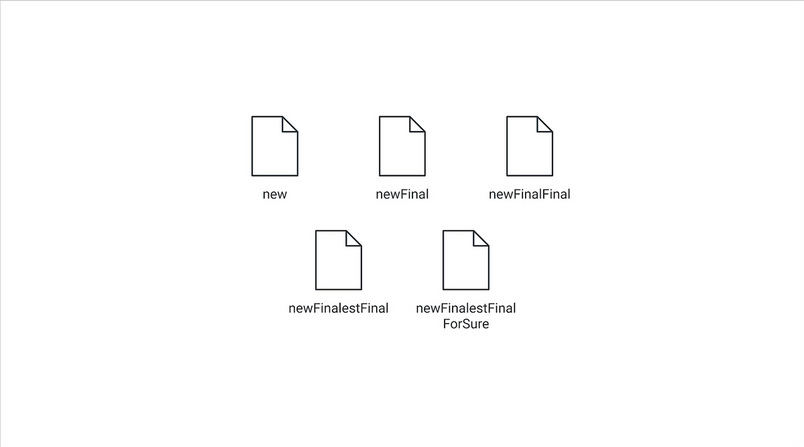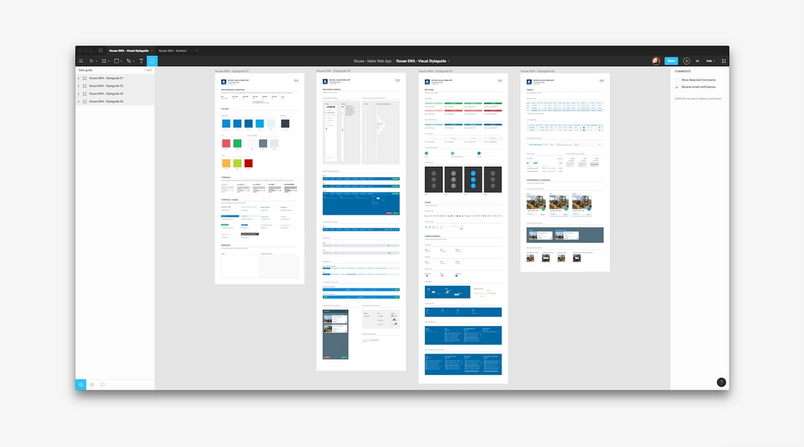Why transparent open design leads to happier clients


Not sure where to start with building a culture of transparency in design? Citrusbyte sat down with us to share their approach and the role collaborative design software Figma plays.
Ever the craftsmen, designers are used to the lone wolf life. They perfect deliverables in secret until they’re ready for formal presentations.
But we’re entering a new era of design, and pioneers are forging far more transparent ways of working. Citrusbyte, a 90-person strategy, design and development firm based in Los Angeles, is one such leader. They value openness to such an extent that they share their raw, in-progress design files with clients. (I can practically hear all you perfectionists shuddering from afar.)
It’s not for moral reasons. The Citrusbyte team says that transparency benefits their business — resulting in more streamlined workflows, better project outcomes, and happier clients. It’s a big departure from the traditional culture of siloed design.
Citrusbyte’s unconventional approach has paid off handsomely. Since the company was founded in 2007, they’ve gone from working primarily with startups to now serving Fortune 1000 companies, including Apple, Caterpillar, Sony, Intel, AT&T and the Brooklyn Nets. They help these giants transform legacy systems into more efficient software.

Not sure where to start with building a culture of transparency in design? Citrusbyte sat down with us to share their approach and the role collaborative design software Figma plays.
Why go for transparency?
From its earliest years, the Citrusbyte team placed a premium on transparency. They wanted clients to peruse projects often and follow the evolution of the work. Because design tools didn’t allow for that, Citrusbyte’s staff had to export and email files to customers, or sync to services like Dropbox and Google Drive.
If we say we’re giving the client 100 percent transparency, but we’re using Sketch or Photoshop, then being 100 percent transparent is impossible, said Citrusbyte’s Design Manager Alex Zapadenko. The process influences the tools and the tools influence the process.
That all changed with Figma. Because our platform runs in the cloud, the design files are always up to date and can be shared with a link (which stays the same). Many people can be in a design file simultaneously and see the changes in real time.
"I tell clients, You’ll get continuous design delivery from day one and it will be amazing, said Alex. You’ll go into a design file like it’s a room and walk around."
This accessibility eases clients’ nerves, according to Pablo Franco, a Citrusbyte designer. “There’s a feeling of security in a Figma project,” he said. “It’s not a closed environment where all the work I do is in a black box.”
Of course, that’s many designers’ worst nightmare — that a client, or manager, could check on a project in various states of disarray. They might misunderstand the messy stages of the creative process. But Citrusbyte deals with that issue through communication and expectation management. Pablo uses this metaphor with his clients: “You may want a bike, but if you peek in on me you’ll see me working on the chain.”
All this additional transparency ultimately benefits Citrusbyte. “When you bring the folks you’re working with directly into the project, you create a lot more buy-in,” said Adonya Ourshalimian, Client Partner at Citrusbyte. “There’s a much better understanding of what’s actually happening.”
Moving faster the Figma way
Aside from just letting clients drop in on the work, Citrusbyte encourages them to give feedback throughout the design process. This was complicated before they found Figma. Sometimes they’d email clients PNGs or PDFs, and clients would email or Slack back responses. But there was no way of knowing what part of the design they were referring to.
You had to write back, I don’t know what you’re talking about, Sam Small, another Citrusbyte designer, said. It was a lot more back and forth — wasted effort and time.
In other situations, they’d use third party prototyping apps to share designs. “With tools like InVision, we would always have to save new versions as flat files and re-upload,” Sam said.

Now, Citrusbyte uses Figma to reduce the inefficiencies. Since it’s web-based, there’s no need to re-upload files when designs change — the prototype always reflects the most current version. Clients can make changes themselves, like experimenting with different headline copy to see what feels best. “This decreases email chains revolving around small text tweaks,” said Sam. “It lets the designer focus on designing.”
For more formal reviews, Citrusbyte holds regular meetings with clients to go over progress — sometimes daily if it’s an aggressive timeline. “Before Figma, we’d spend a lot of time putting together this refined view, a nicely spruced up file with flow connectors,” Sam said.
Figma’s observation mode, where users can click on a presenter’s avatar to follow their screen, cut out that hassle. The presenter can simply move around the design to demo it. “It saves a ton of time from that old process,” Sam said. “It’s night and day.”
Little features like this add up to big wins in productivity. Sam estimates he saves 30–50% time using Figma, compared to his previous workflow. “There’s just so many steps that have been removed,” he said.

The time savings helped Citrusbyte take on more work than they otherwise could have, and clients noticed. SundaySky, a video personalization and engagement provider, was impressed with Citrusbyte’s ability to hit a very aggressive deadline for them.
“If we look at the amount of time we spent designing other features, our review cycle time was cut in half using Figma due to the transparency and real-time collaboration tools,” SundaySky Product Director Megan Weil said. “It was a no-brainer decision to advocate for using Figma.”
An added bonus? Because Figma is an all-in-one design, prototyping, and developer handoff tool, Citrusbyte no longer needs to pay for a hodge-podge collection of other tools. “We save ~$20k/year,” Alex said.
Empowering the client
Aside from just time savings, clients are thrilled by Citrusbyte’s open approach. Construction technology company Rouse Services hired Citrusbyte to build a mobile sales app. In previous projects, Product Manager Miles Wheelersburg constantly had to update internal stakeholders on his end.
In Figma, he could dive into Citrusbyte’s design files himself, so whenever people asked for updates on the project he could give them the information they needed without having to wait for Citrusbyte designers to send the latest version.
“To have the transparency there was key,” Miles said. “With other firms it was a black box as to where the designs physically came from.”
That’s exactly the trust that Citrusbyte wanted to engender in its clients. “What I love about Figma is not just the tool,” said Citrusbyte Design Manager Alex. “It’s the whole philosophy, the way of doing things that comes along with it.”



